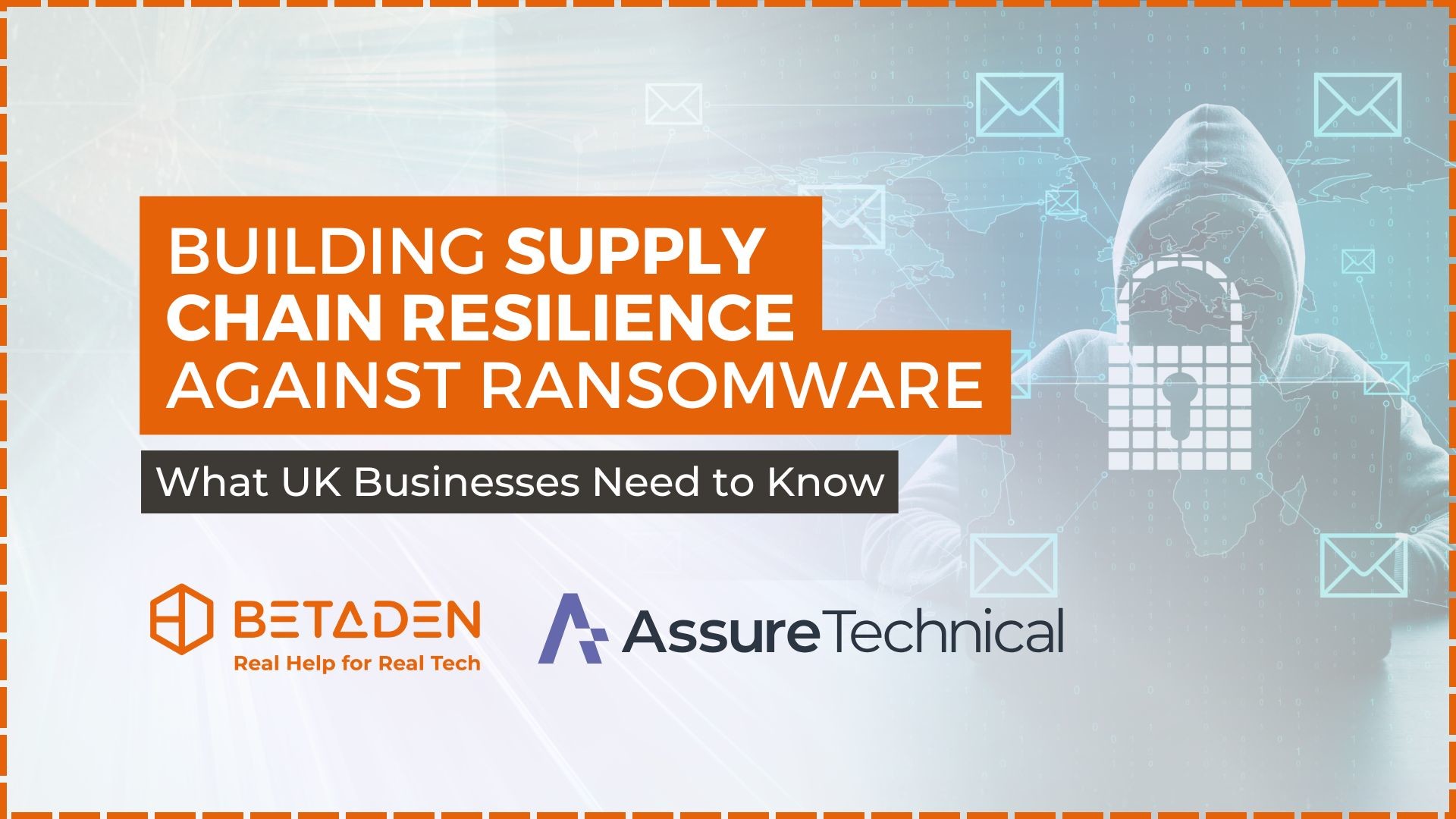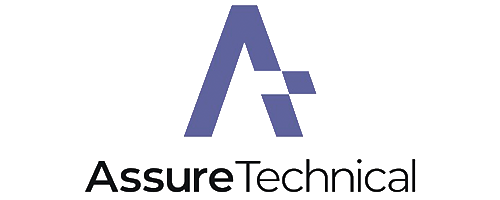Strengthening supply chain resilience against ransomware has become a critical priority for UK organisations, particularly as recent high-profile cyberattacks continue to demonstrate how easily disruption can spread through supplier networks.
In the last few months alone, incidents across UK manufacturing, European aviation systems, and major retail platforms have revealed how threat actors increasingly target third-party access points to bypass even well-secured environments.
This includes automotive sector disruption, the European airport cyberattack, and retail supply-chain breaches.
Each case underscored a clear message: resilience depends not only on your own controls, but also on the cyber maturity of every partner, platform, and provider in your ecosystem.
Against this backdrop, the international community has taken action. In October 2025, the International Counter Ransomware Initiative (CRI) – led by the UK and Singapore – released new global guidance designed specifically to help organisations build supply chain resilience against ransomware across complex digital and operational relationships.
This development marks a meaningful shift in global cyber strategy and reinforces the UK’s leadership in shaping modern defence expectations.
This article breaks down what the CRI guidance means for UK organisations, how it aligns with national security priorities and industry trends, and why proactive action now can strengthen trust, reduce business disruption, and improve competitive resilience across supply chains.
From global policy to practical action
The CRI’s Guidance for Organisations to Build Supply Chain Resilience Against Ransomware translates international cybersecurity policy into actionable best practice. It encourages organisations to:
- Raise awareness of ransomware risk across every supplier relationship.
- Embed cyber hygiene through consistent baseline controls, including patch management, multi-factor authentication, and network segmentation.
- Integrate supplier risk into governance, procurement, and strategic decision-making.
- It also outlines a structured approach to resilience – understand your dependencies, assess partner exposure, implement a coherent security strategy, and continuously review performance.
For UK businesses, this aligns closely with the National Cyber Strategy, the NCSC’s supply chain security principles, and the Digital Operational Resilience Act (DORA) obligations coming into effect across Europe. The guidance therefore acts as both an enabler of compliance and a benchmark for good practice.
A deeper look: technical and strategic implications
Ransomware remains one of the most financially and operationally disruptive cyber threats. In the UK, it’s now seen as a critical national security issue. The CRI framework reinforces that security controls must extend beyond organisational boundaries – an idea that requires both cultural and technical transformation.
1. Supply chain visibility is the foundation of resilience
Organisations must know who has access to their systems and what level of control those entities hold. Mapping supplier dependencies – including cloud services, managed IT providers, and niche contractors – enables targeted risk reduction. Without this visibility, it’s impossible to prioritise controls or respond effectively to an incident.
2. Zero-trust principles need to reach suppliers
Many ransomware attacks exploit over-permissive access between partners. Applying zero-trust architecture across supply chains, combined with privileged access management (PAM) and continuous authentication, can significantly reduce the lateral-movement potential of ransomware operators.
3. Assurance and verification are critical
The CRI guidance subtly shifts responsibility from compliance to assurance. Rather than accepting supplier self-attestation, UK organisations should adopt ongoing verification – through audits, technical testing, or certification frameworks such as Cyber Essentials Plus and ISO 27001.
4. Data-driven risk decisions
Integrating cyber-risk data into procurement systems allows objective decision-making. Vendors with high residual risk can be flagged automatically, enabling procurement teams to act early. This approach supports data-centric resilience – the next stage of maturity for UK businesses with complex digital ecosystems.
5. Incident readiness across the chain
True resilience means shared preparedness. Contracts should require suppliers to maintain ransomware response playbooks, incident notification timelines, and tested recovery plans. This ensures that if a breach occurs, all parties act cohesively rather than reactively.
The business case for proactive alignment
While the CRI guidance is non-binding, its influence will be felt across regulation, insurance, and corporate governance. Insurers are already tightening underwriting standards, and clients increasingly demand evidence of supply chain assurance.
For many UK firms, demonstrating compliance with the CRI’s recommendations will become a commercial differentiator – a sign of maturity and trustworthiness.
Moreover, this isn’t purely defensive. Enhanced supply chain resilience can reduce operational downtime, improve stakeholder confidence, and strengthen eligibility for tenders requiring cyber-assurance credentials. Investing in resilience is therefore both a risk-mitigation and a growth strategy.
Looking ahead: from compliance to confidence
The CRI’s Guidance for Supply Chain Resilience Against Ransomware isn’t simply a technical document – it’s a global signal that the era of reactive cybersecurity is over. Resilience is now the measure of maturity.
For UK organisations, this means embedding cybersecurity into the fabric of supplier management, procurement, and board-level risk strategy.
True resilience is not achieved through checklists or certificates; it’s achieved through visibility, accountability, and verification.
Every supplier relationship must be viewed as a potential attack vector – and every control as an opportunity to strengthen collective defence. The most successful organisations will treat this guidance not as an obligation but as a catalyst for transformation.
Article by Assure Technical
18 Nov 2025 | Entrepreneurship Hub
Strengthening supply chain resilience against ransomware has become a critical priority for UK...


22 Sep 2025 | Entrepreneurship Hub
Choosing the right technology stack is one of the most important early decisions a UK startup...


18 Aug 2025 | Entrepreneurship Hub
In this article, we will be covering some important steps you can take as a business owner to make...







